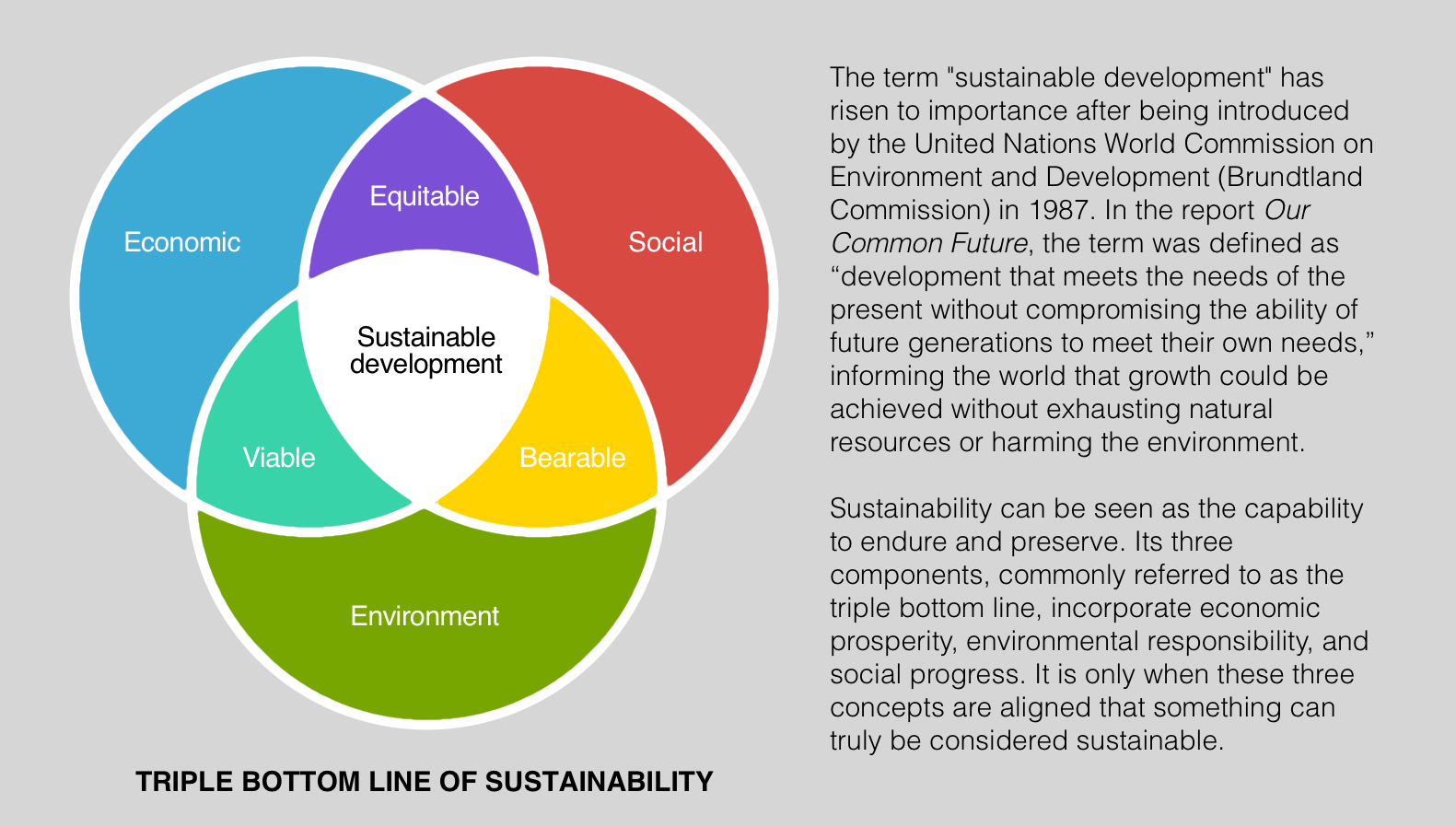Reality Check: A critical look at MIT’s fuel consumption research
Sustainable development, a dynamic process where both future and present needs are considered, has become a major subject of emphasis and debate in the pavement industry since the United Nations World Commission on Environment and Development defined the term 27 years ago. One focal point of recent sustainability efforts is motor vehicle fuel economy, as it directly impacts all three facets of the triple bottom line sustainability principle: social, environmental and economic. As fuel efficiency increases, fewer natural resources will be consumed, less greenhouse gasses will be produced and greater cost savings will be achieved.
In February 2014, President Obama charged the Environmental Protection Agency and the Transportation Department to develop and issue new fuel economy standards for medium and heavy-duty vehicles by 2016. While this highlights the emphasis placed on improving the fuel efficiency of engines, there are many other factors that can influence the rate of fuel consumption. Pavement characteristics such as tire-pavement rolling resistance, pavement smoothness and pavement stiffness are frequent subjects of research to better understand their impacts on vehicle emissions and fuel efficiency.
In April 2012, the Concrete Sustainability Hub (CSH) at the Massachusetts Institute of Technology (MIT) released a report that investigated the effect of pavement type on vehicle fuel economy. This study, entitled Model Based Pavement-Vehicle Interaction Simulation for Life Cycle Assessment of Pavements, used a theoretical analysis to conclude that vehicles consume less fuel when traveling on stiff concrete roads than on asphalt pavements. However, a review of the report by Drs. Richard Willis and Mary Robbins at NCAT as well as Dr. Marshall Thompson, Professor Emeritus at the University of Illinois Urbana-Champaign, suggests that that the findings are flawed.
In the CSH report, the researchers attempted to create a link between pavement deflection and fuel consumption. However, other studies have shown that pavement roughness and texture are the dominant factors that impact rolling resistance. The MIT study ignored these factors. Other variables—vehicle aerodynamics, speed, vehicle weight, engine type, tire traction, roadway grade and weather conditions—have important effects on fuel economy. A study that singles out one factor can be misleading.
Of all pavement characteristics, smoothness and texture have consistently been found to be the major pavement determinants of vehicle fuel efficiency. Past research on pavement rolling resistance, or the amount of energy required to keep a wheel in motion, has shown that more energy is required to propel a vehicle over a rough surface than over a smooth surface. Not only do smoother pavements lower fuel consumption, but they also have been shown to last longer, lessen driver fatigue and lower vehicle operating costs, incorporating each aspect of the triple bottom line sustainability principle.
The CSH research claimed that all pavements modeled were designed to carry highway traffic. However, that was not the case. The concrete sites were generally designed for higher traffic, or a longer life, than the asphalt sites. The modeled pavements were also not a representative sampling of the national highway network, so extrapolation of the results to the entire system is not appropriate.
Although the CSH research claims the study was not about asphalt versus concrete, similar conclusions have only been drawn in concrete industry research and have not been proven in studies by independent researchers. Several details of the CSH work are not adequately documented. Dr. Willis’ team’s examination of the CSH data and modeling approach continues. A full report of their review will be released in the near future.
The ultimate goal of sustainability is to ensure that our actions today have a positive impact in the future. The industry is eager to become more sustainable and has made some great strides to meet the triple bottom line. However, there are more opportunities ahead. Let’s push the envelope to make the industry better and not be sidetracked by unsound research.
